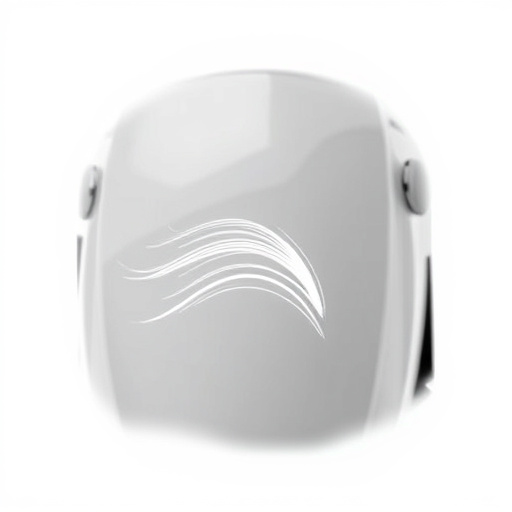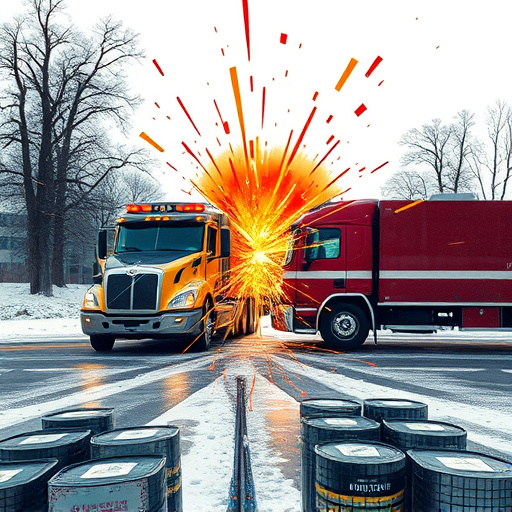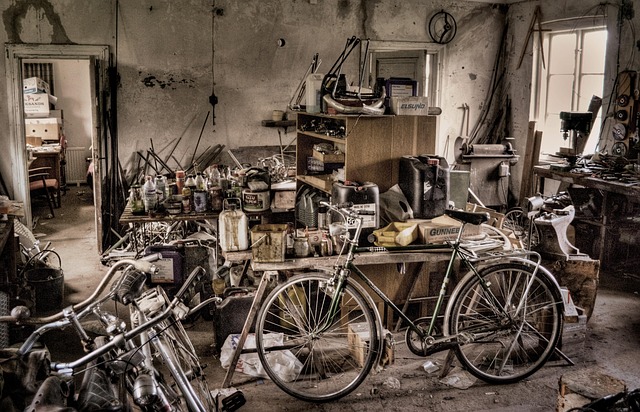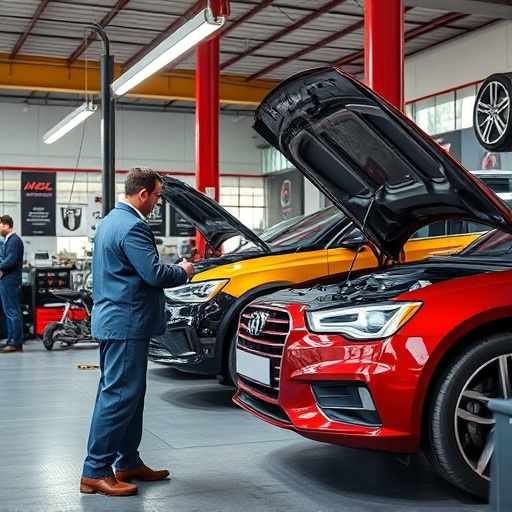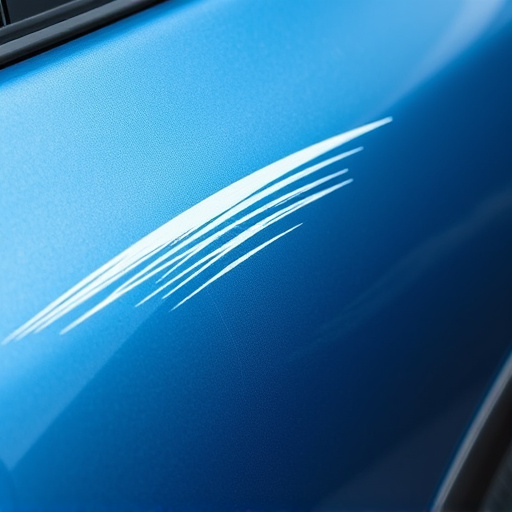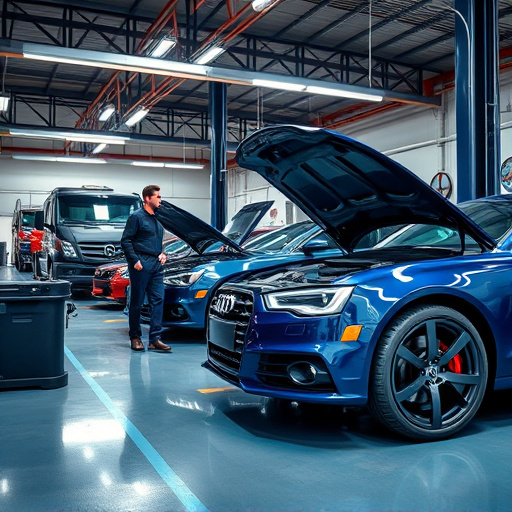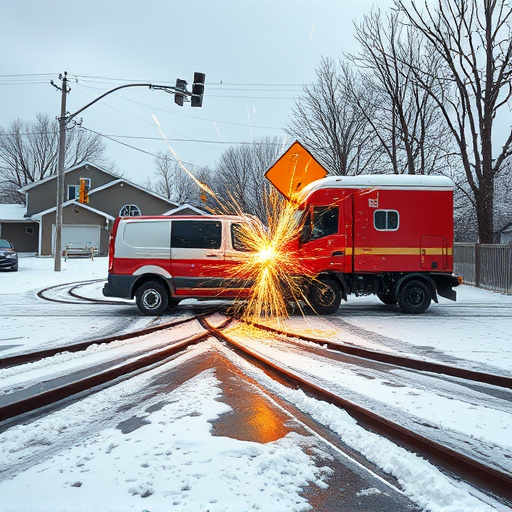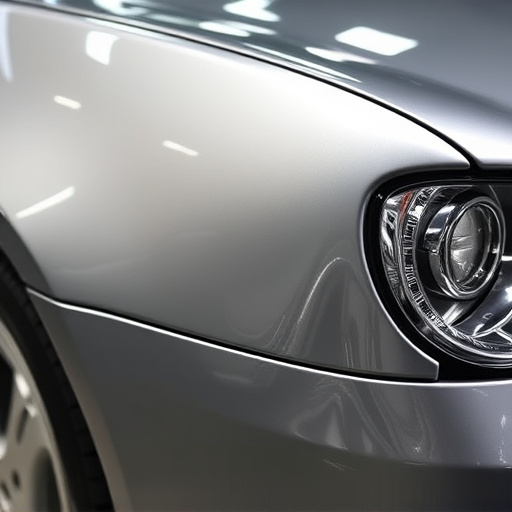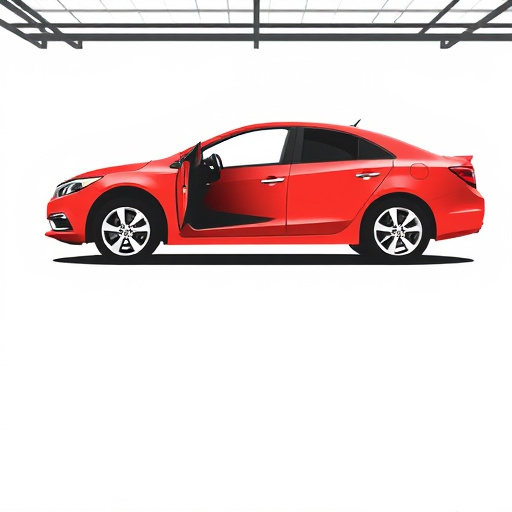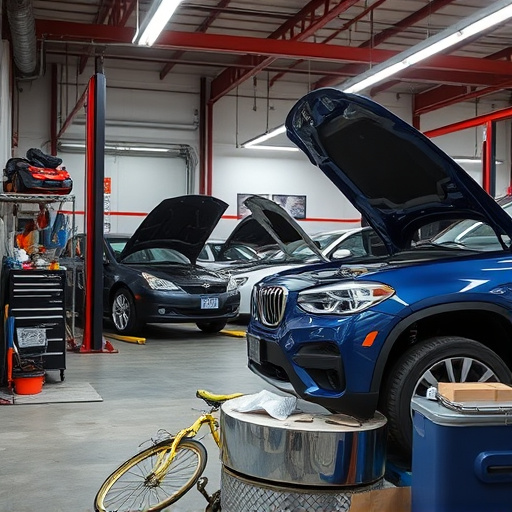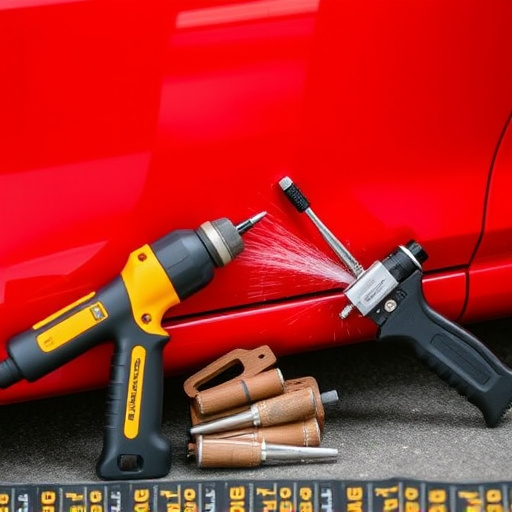Tesla safety cell restoration after rollover accidents requires specialized repair by licensed collision centers. Skilled technicians inspect and replace damaged components while preserving structural integrity and operational safety systems, adhering to industry standards and using OEM parts. Proper restoration enhances safety, maintains vehicle performance, and ensures secure driving experiences for future autonomous functions.
Tesla’s innovative Safety Cell structure sets its vehicles apart in terms of crash protection. In the event of a rollover accident, understanding and restoring this integral system is crucial for maintaining optimal vehicle safety. This article delves into the intricate design of the Tesla Safety Cell, provides guidance on restoration after such accidents, and emphasizes best practices to ensure the highest level of safety during the restoration process. Learn how to navigate the complexities of Tesla safety cell restoration.
- Understanding Tesla's Safety Cell Structure
- Restoring After a Rollover Accident
- Ensuring Optimal Safety Restoration Practices
Understanding Tesla's Safety Cell Structure
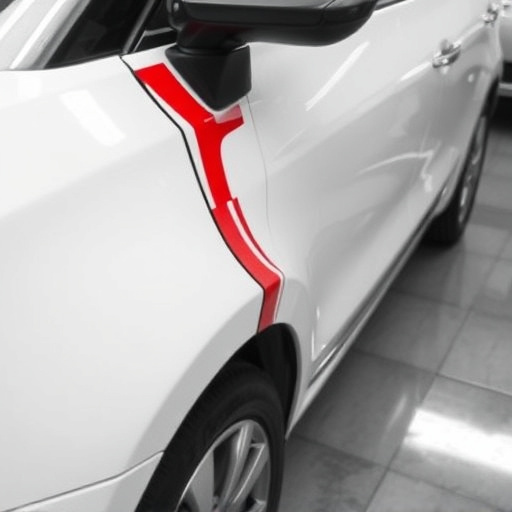
Tesla’s Safety Cell is a groundbreaking innovation designed to protect occupants during rollover accidents. Unlike traditional vehicle structures that can collapse or deform, Tesla’s safety cell maintains its integrity, absorbing and distributing crash energy away from the cabin. This robust framework is comprised of high-strength steel alloys and advanced materials, strategically arranged to minimize impact forces. Understanding this unique structure is key when it comes to Tesla safety cell restoration after a rollover incident.
In the event of a collision, especially rollovers, specialized repair techniques are required to preserve the vehicle’s safety features. A licensed collision repair center with expertise in automotive body work understands the delicate nature of these repairs. They employ skilled technicians who can meticulously replace or realign damaged components while ensuring the safety cell remains intact and functional. Proper restoration ensures that Tesla’s advanced safety systems remain operational, providing passengers with the highest level of protection.
Restoring After a Rollover Accident

After a Tesla experiences a rollover accident, the safety cell—a crucial component designed to protect occupants during a crash—needs careful restoration. The process involves meticulous inspection and repair to ensure it retains its structural integrity and meets manufacturer standards. Skilled technicians assess every angle, from frame alignment to the condition of airbags and sensors, addressing any damage to restore the vehicle’s safety features to their optimal state.
Tesla safety cell restoration is not merely about fixing outward appearances; it’s about reclaiming the vehicle’s ability to protect its occupants. This meticulous process includes repairing or replacing dented panels, damaged frameworks, and even subtle misalignments that could compromise stability. Through a combination of advanced technology and human expertise, car body repair specialists bring the safety cell back to its original condition, ensuring peace of mind for future passengers.
Ensuring Optimal Safety Restoration Practices
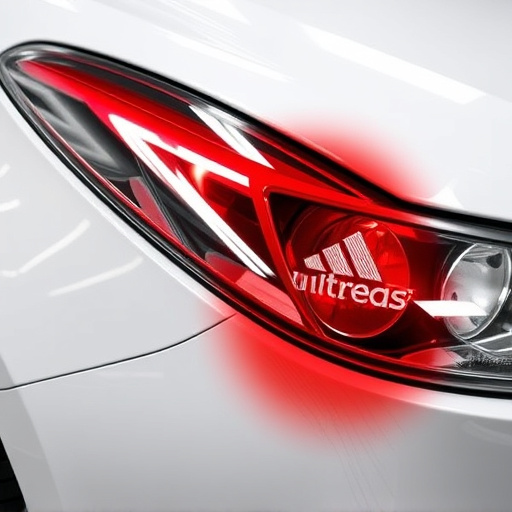
When it comes to Tesla safety cell restoration after rollover accidents, adhering to optimal safety restoration practices is paramount. This involves a meticulous process that requires advanced techniques and specialized training to ensure the structural integrity of the vehicle is fully restored. Skilled technicians in top-tier automotive repair services understand the intricate design of Tesla vehicles and the importance of precise repairs. They employ state-of-the-art equipment and adhere to strict industry standards to accurately replace or reinforce damaged components, minimizing any potential safety risks.
An experienced automotive body shop equipped with advanced facilities is crucial for effective Tesla safety cell restoration. Reputable shops prioritize quality workmanship and use original equipment manufacturer (OEM) parts to match the vehicle’s exact specifications. Moreover, they carefully assess each case, considering factors like the severity of the rollover, extent of damage, and compatibility with future autonomous driving systems. Proper restoration not only enhances safety but also preserves the structural integrity required for advanced driver-assistance systems and overall vehicle performance, effectively addressing concerns related to hail damage repair while ensuring a secure driving experience.
Tesla’s innovative Safety Cell structure is pivotal in ensuring passenger protection during rollover accidents. By understanding its intricate design and implementing meticulous restoration practices, we can maximize safety standards. Restoring a Tesla after a rollover incident requires specialized knowledge to preserve the vehicle’s inherent safety features. Adhering to optimal restoration techniques guarantees that the Safety Cell remains functional, thereby continuing to protect occupants as intended.

